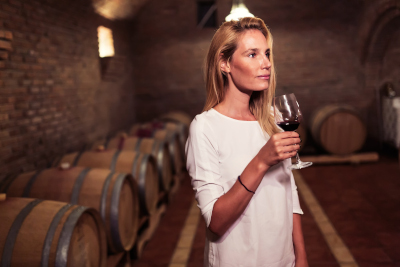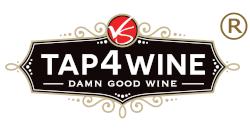
Wine tasting is not only an enjoyable pastime but also an opportunity to explore the complex world of flavors, aromas, and textures that wines offer. Whether you’re a novice or a seasoned enthusiast, developing the skill of wine tasting allows you to appreciate wines on a deeper level. In this blog post, we’ll guide you through the essential steps to enhance your wine tasting experience and unlock the secrets held within each glass.
- Set the Stage: Create an ideal environment for wine tasting. Choose a well-lit area free from strong odors or distractions. Use clean, clear wine glasses that allow you to see the wine’s color and swirl it easily. Ensure the wine is served at the appropriate temperature, as it greatly affects the perception of flavors and aromas.
- Observe the Wine: Begin by visually examining the wine. Hold the glass against a white background and observe its color and clarity. Note the hue, intensity, and any variations from the rim to the center. These visual cues provide insights into the wine’s age, grape variety, and potential characteristics.
- Appreciate the Aromas: Gently swirl the wine in the glass to release its aromas. Take a moment to inhale deeply and identify the different scents. Note the primary aromas derived from the grape variety and the secondary aromas resulting from winemaking techniques, such as oak aging. Explore the range of aromas, from fruits and flowers to spices and earthy notes, and let them transport you into the wine’s world.
- Explore the Palate: Now it’s time to taste the wine. Take a small sip and let it coat your entire palate. Pay attention to the wine’s texture, body, and structure. Is it light-bodied or full-bodied? Is it smooth, velvety, or grippy? Notice the balance of acidity, tannins (in red wines), and sweetness (if applicable). Let the flavors unfold on your tongue, and try to identify the various taste components, such as fruits, spices, or herbal notes.
- Consider the Finish: The finish refers to the lingering taste and sensations that remain after swallowing the wine. Notice how long the flavors persist and whether they evolve or fade quickly. A long and complex finish is often a sign of a high-quality wine.
- Reflect and Compare: After tasting a wine, take a moment to reflect on your experience. Consider its overall harmony, complexity, and your personal preferences. If you’re tasting multiple wines, compare and contrast their characteristics. Look for differences in flavor profiles, intensity, and structure. This comparative approach helps you develop your palate and deepen your understanding of various wine styles.
- Keep a Tasting Journal: Maintain a tasting journal to record your observations, preferences, and discoveries. Include details such as the wine’s name, producer, vintage, and any notable characteristics. This journal serves as a valuable reference and allows you to track your tasting journey over time.
Wine tasting is a multi-sensory adventure that engages your sight, smell, taste, and even touch. By following these steps and practicing regularly, you’ll develop a keen palate and a deeper appreciation for the nuances of wine. Remember, wine tasting is subjective, and your personal enjoyment and exploration are paramount. So, grab a glass, immerse yourself in the world of flavors, and let each sip reveal a new layer of wine’s magic. Cheers to the journey of wine discovery!

Recent Comments